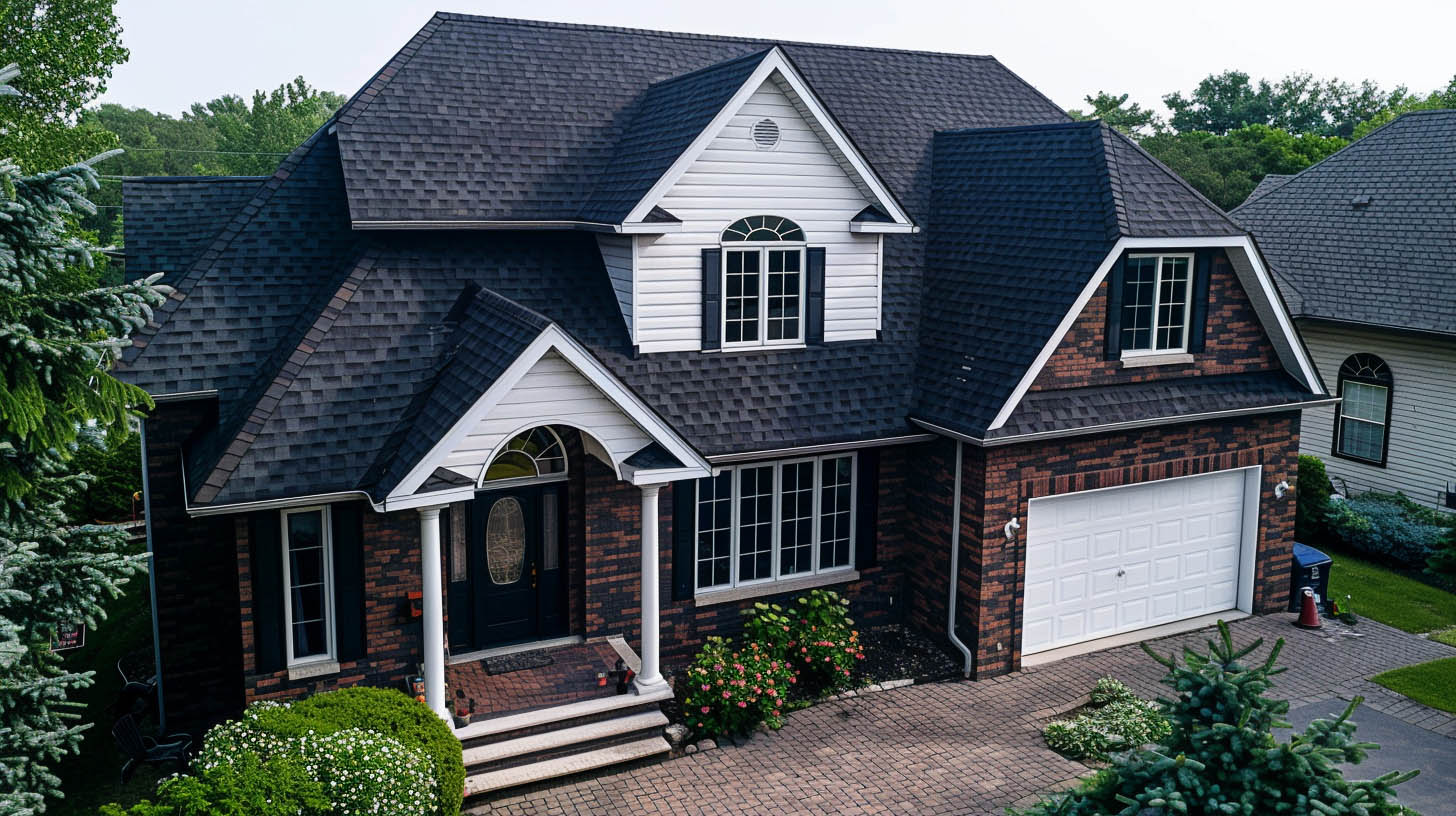
Decoding Roofing Shingle Types: A Comprehensive Overview
In the realm of residential and commercial roofing, understanding the classification of roofing shingles is paramount for ensuring the longevity and durability of a structure. This comprehensive guide delves into the critical aspects of shingle classification, focusing on the rigorous testing methods and classifications that determine the resilience of roofing materials against harsh weather conditions.
Impact Resistance: The Cornerstone of Shingle Classification
The classification of roofing shingles, particularly in terms of their impact resistance, is a critical factor that homeowners and building managers should consider. The inception of the standardized impact resistance test, known as the Underwriters Laboratory 2218 (UL 2218), marked a significant advancement in the roofing industry’s approach to evaluating the durability of roofing shingles.
The Steel Ball Test: UL 2218 Impact Resistance Rating
The UL 2218 impact resistance test, commonly referred to as “the steel ball test,” is a rigorous evaluation designed to simulate the effects of hail and other impact-related weather phenomena on roofing shingles. During this test, a steel ball of a specified diameter is dropped from predetermined heights onto a shingle to assess its resilience. The aftermath of the test reveals the shingle’s ability to withstand impacts, crucial for preventing water infiltration and extending the roof’s lifespan.
Classifications Explained: From Class 1 to Class 4
Roofing shingles are awarded a classification based on their performance in the UL 2218 test, ranging from Class 1 to Class 4. A Class 4 rating, the highest attainable, signifies that the shingle can withstand the impact of a 2-inch steel ball dropped from a height of 20 feet multiple times without sustaining damage that would compromise its integrity. Conversely, Class 3, Class 2, and Class 1 ratings denote progressively lower levels of impact resistance, correlating to a shingle’s ability to endure impacts from smaller steel balls dropped from lesser heights.
Selecting the Right Shingle for Your Roof
Choosing the appropriate shingle classification is not merely a matter of preference but a decision that can significantly influence the durability and protection level of your roof. For regions prone to severe weather conditions, including hail and heavy storms, opting for Class 4 rated shingles is advisable to ensure maximum protection against impact damage.
Melo Roofing Inc: A Synonym for Excellence in Roofing
Melo Roofing Inc, rooted in the heart of Syracuse, NY, epitomizes the pinnacle of roofing excellence. As a veteran-owned, family-operated enterprise, we are dedicated to providing unparalleled roofing solutions that embody the essence of reliability and craftsmanship. Our dedication to achieving excellence shines through in all our endeavors, guaranteeing that we meet your roofing requirements with unparalleled quality and professionalism.
Conclusion
The classification of roofing shingles plays a crucial role in determining a roof’s resilience against environmental threats. Understanding the significance of impact resistance ratings and selecting a shingle class that aligns with your specific needs is essential for safeguarding your property. With Melo Roofing Inc, you can rest assured that your roof is in the hands of experts committed to delivering superior roofing solutions that stand the test of time.




